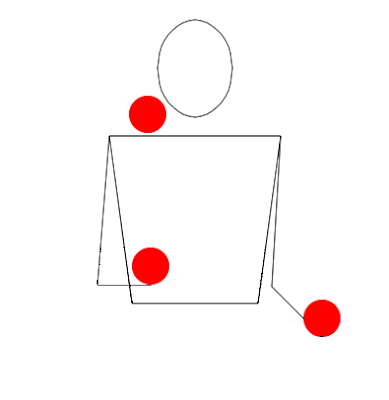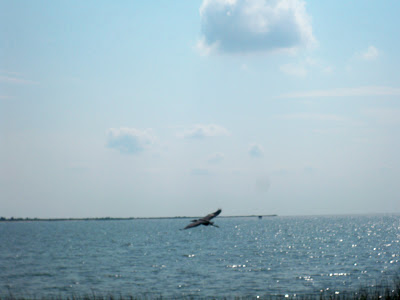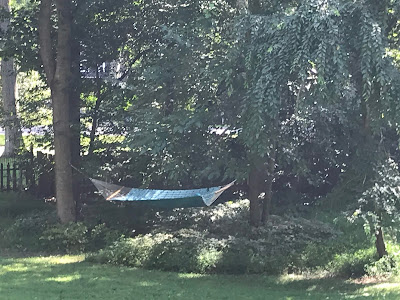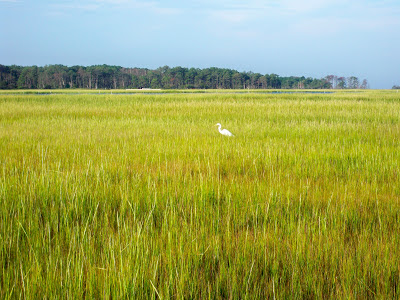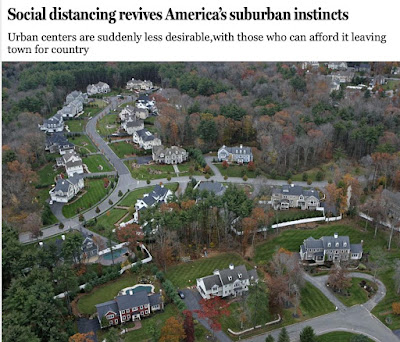Balls in the Air
After writing yesterday’s post I started thinking about how, if 2010’s Snowmageddon offered a few days off to clean a closet or start a blog, just think what 2020’s (and now 2021’s) lockdowns might produce. What novels and screenplays and landscapes and enchanted gardens will grow, have grown, from this enforced solitude?
A prodigious creative output for some, I’m sure … but not from me! I can barely keep up with my paying work, the blog and the rest of my life.
A 10-day snow storm does not equal an almost yearlong pandemic. It lacks the fear and confusion; it lacks the duration. So while I have more time now to put words on paper, I’m keeping many of those words inside, hoping for time soon to process what we’ve been enduring.
For now, I’m just trying to keep the balls I was already juggling in the air. Maybe I’m alone in this — but I bet I’m not!
(Starting my 12th year of blogging by adding a GIF. Will it work? It seems to on my end!)
